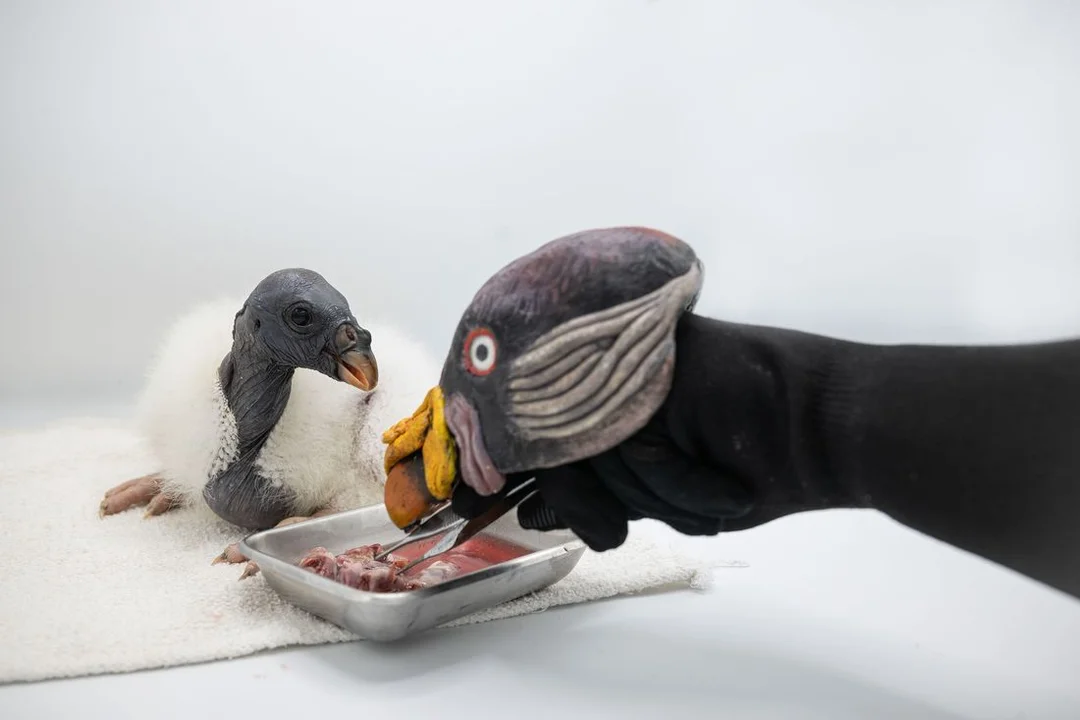
The Unique Challenges of Raising a King Vulture Chick at The Bronx Zoo
The arrival of a baby king vulture at The Bronx Zoo is not just another addition to its diverse aviary but a significant event highlighting both the challenges of conservation and the innovative methods employed to nurture these magnificent birds.
The tiny chick, hatched on February 25, is a product of meticulous breeding efforts aimed at bolstering the population of this species, for which the zoo has invested considerable resources. The father, a 55-year-old veteran of the zoo who arrived in 2018, and the 20-year-old mother, symbolizes a legacy of conservation initiated by the zoo’s former director William G. Conway, who faced the unique danger of interacting closely with these birds himself.

Curator Chuck Cerbini explains the complex keeps the chick’s upbringing from becoming too human-centric. To encourage normal avian socialization, they deploy a quirky yet clever technique: a hand puppet resembling an adult king vulture takes on the role of the nurturing parent during feeding sessions. This technique is crucial; past experiences have shown that young birds can mistakenly form attachments to their human caregivers if not properly managed.
In another nod to artistry and science, Carolyn Fuchs, one of the zoo's talented artists, crafted this puppet with precision, ensuring that it mimicked a real king vulture in both appearance and behavior. The careful feeding routine not only sustains the chick but also aims to offer a semblance of familial bonding, critical in developing the chick’s future relationships within its species.

What’s truly remarkable is that adult king vultures can boast a wingspan of six-and-a-half feet, captivating both zoo-goers and conservation enthusiasts alike. This chick represents hope—hope in overcoming the odds, hope in the continuation of species that are sometimes considered the underdogs in the avian world.
The Bronx Zoo’s approach not only exemplifies innovation in animal care but also serves as a reminder of the delicate balance between nature and human intervention. As we anticipate the growth of this baby king vulture, we can reflect on the broader significance of wildlife conservation and the innovative practices that sustain it.
As we dive deeper into the intricacies of animal care and breeding, we invite our readers to ponder: What are the lengths we should go to in order to preserve endangered species? We invite you to leave your thoughts and observations in the comments below, and share your viewpoints on the intersection of art, science, and nature in conservation efforts.